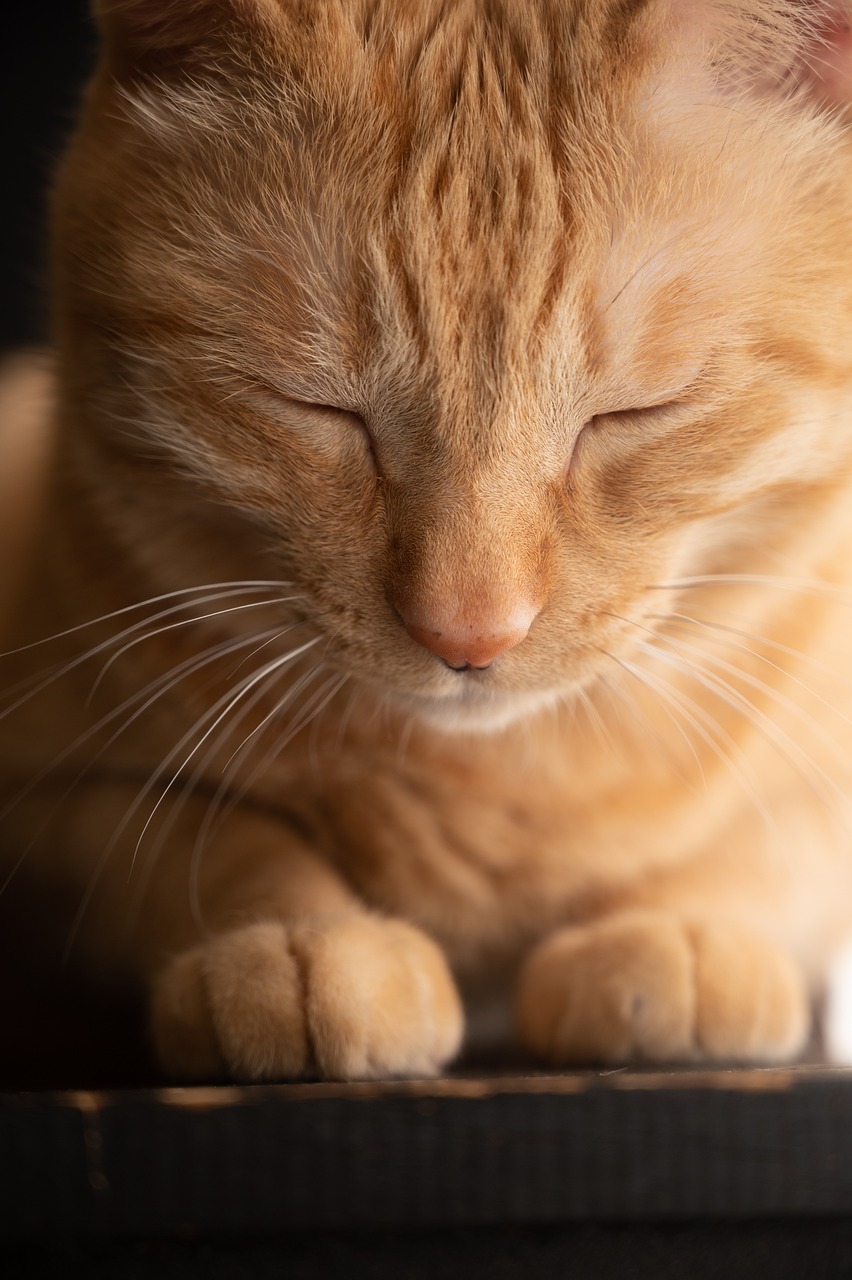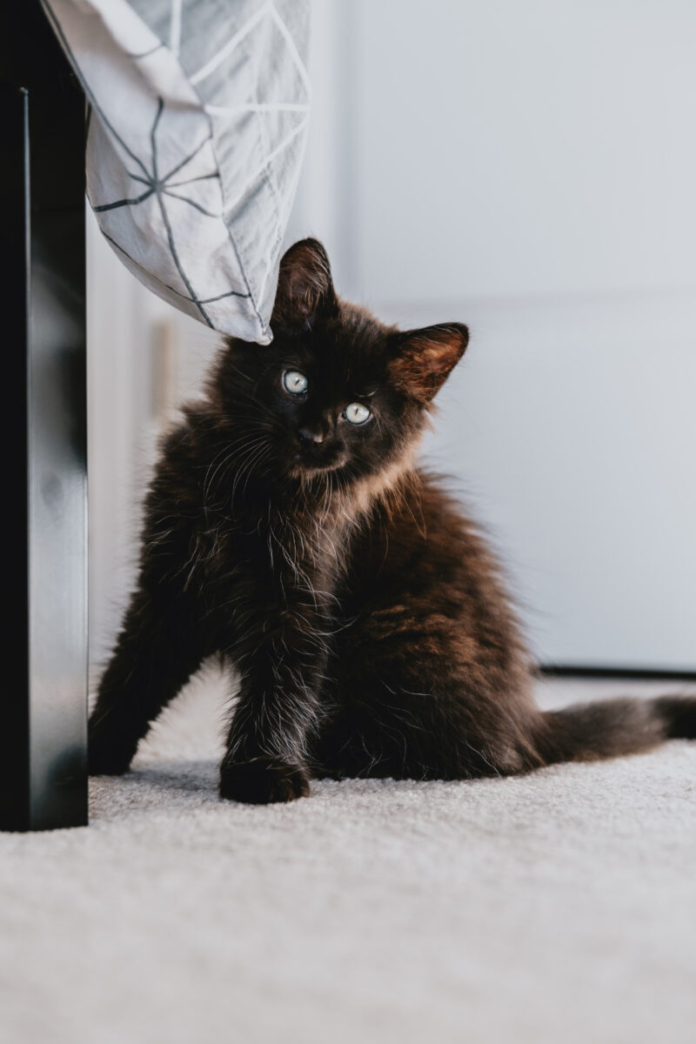Attention and play
If you want some tips on keeping your indoor kitty happy, check out the post How to engage your indoor cat – Ontario SPCA and Humane Society. This article is super helpful for cat owners. It’s not just about toys and food; it talks about why these things matter for your cat’s well-being.
Cats are social animals who need attention. You know how people need hugs and chit-chats? Well, cats need love and playtime too. If your cat gets lonely, she might become sad or even act out. That’s why it’s crucial to spend time with her every day.
Play isn’t just fun; it’s good for your cat’s health. It helps her stay active and healthy. Playing with a feather toy, a ball, or even a piece of string can make a huge difference. The article says it well:
“Cats need emotional and playful stimulation to remain happy and secure.”
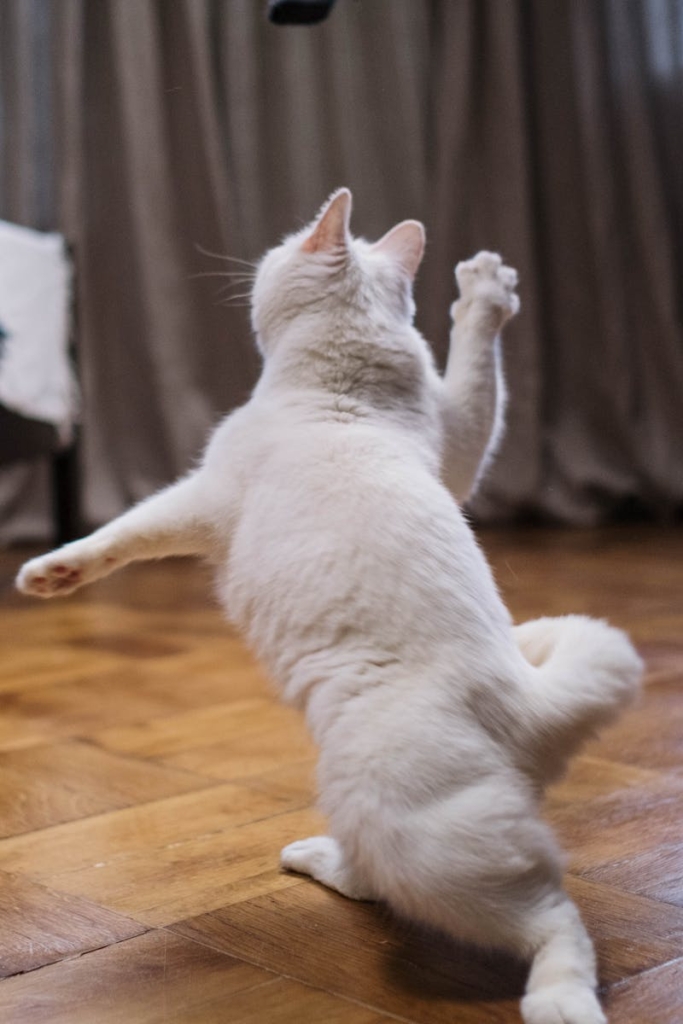
Besides play, cats also love being petted. A simple petting session can make your cat’s day. Use soft, soothing words while petting her. You can even use a grooming mitt or a soft brush. This will make her feel loved and cared for, and it’s good for her coat too. The brushing helps to remove loose fur and decreases hairballs.
Remember, the key is to make your cat feel safe and loved. When you take the time to engage with her, you’re making her life better and strengthening your bond.
Food management for indoor cats
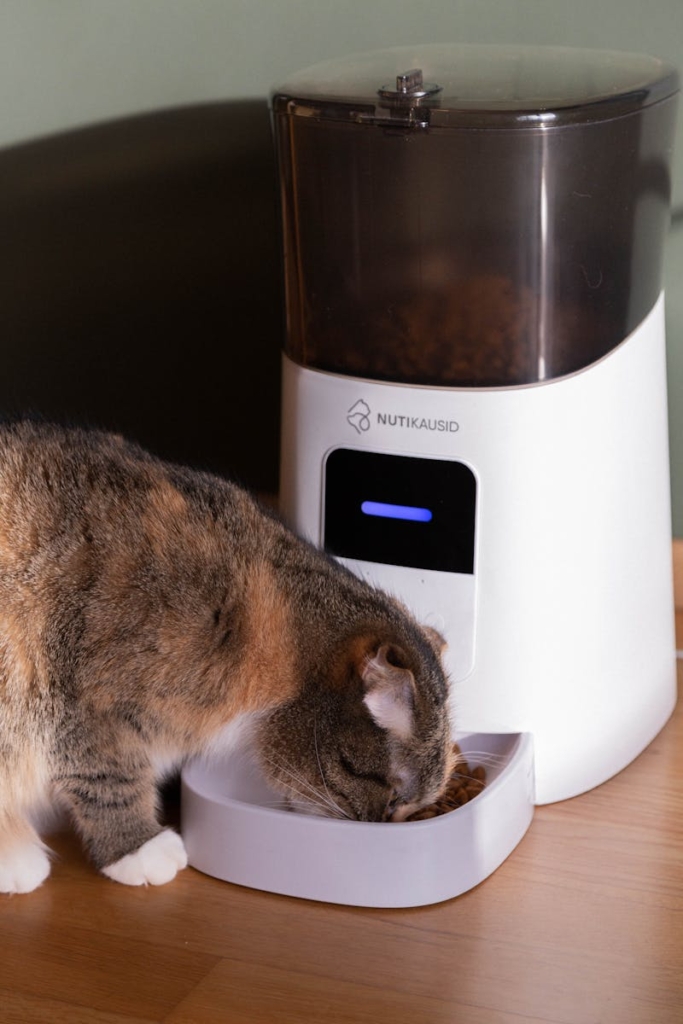
Managing your indoor cat’s diet is fundamental. Unlike their outdoor counterparts, indoor cats generally don’t burn as many calories because they don’t get the same level of physical activity. Keeping an eye on their food intake can help prevent obesity and related health issues like diabetes or arthritis.
- Portion Control: Measure your cat’s food according to the vet’s guidelines. Overfeeding can lead to weight gain, so it’s better to give smaller, measured meals.
- Healthy Treats: Treats should be given sparingly. Opt for healthy options like small portions of cooked chicken, bonito flakes, or dental treats like Greenies.
- Feeding Schedule: Keep a consistent feeding schedule. This helps regulate their metabolism and mood.
Creating a balanced feeding routine for your cat involves understanding their nutritional needs. Here are some essential facts:
| Fact | Details |
| Calorie Needs | Indoor cats need fewer calories than outdoor cats. Adjust diet accordingly. |
| Healthy Weight | Keep an eye on your cat’s weight. A cat’s ribs should be felt but not seen. |
| Water Intake | Ensure your cat drinks plenty of water. Hydration is key to preventing urinary issues. |
Feeding puzzles are a great way to incorporate some activity into your cat’s meal time. These puzzles make your cat work a bit for their food, mimicking their natural hunting behavior. This can help them feel more satisfied and mentally stimulated.
Overall, focusing on portion control, healthy treats, and a consistent feeding schedule can make a big difference in maintaining your cat’s health and happiness. Remember to always consult your vet for personalized advice tailored to your specific cat.
For more tips on engaging your furry friend, check out the original article which offers insights on how to keep your indoor cat entertained and healthy.
Interactive toys and other forms of stimulation
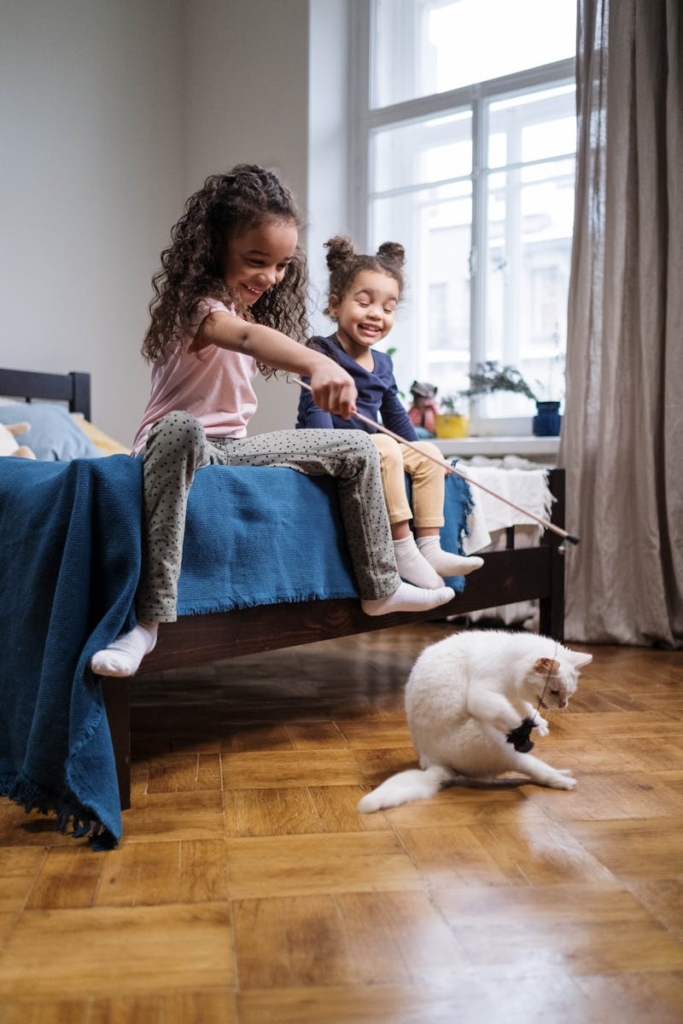
Indoor cats benefit from activities that stimulate their natural instincts. Toys that mimic the movement of prey can be an excellent way to keep your cat engaged. For example, feather toys on a string or battery-operated mice can provide hours of fun and exercise. Make sure to rotate the toys so your cat doesn’t get bored.
Another great way to engage your cat is through interactive play. Laser pointers are a favorite among many cats, but remember to never shine the light directly into their eyes. An assortment of small, inexpensive toys like balls with bells or crinkly balls can also be very entertaining.
Not every form of stimulation needs to be physical. Cats can be entertained with visual and auditory stimulation too. Cat videos featuring birds or fish can keep them captivated. You can find these videos on platforms like YouTube. Similarly, setting up a fish tank in your home, with a secure lid to keep your cat from ‘fishing’, can provide endless entertainment.
Music can also have a calming effect. Classical music or music specifically designed for cats can help reduce stress and anxiety. Some cats may even respond well to white noise or nature sounds, which can be a great way to keep them calm, especially during events that may be stressful for them like thunderstorms or fireworks.
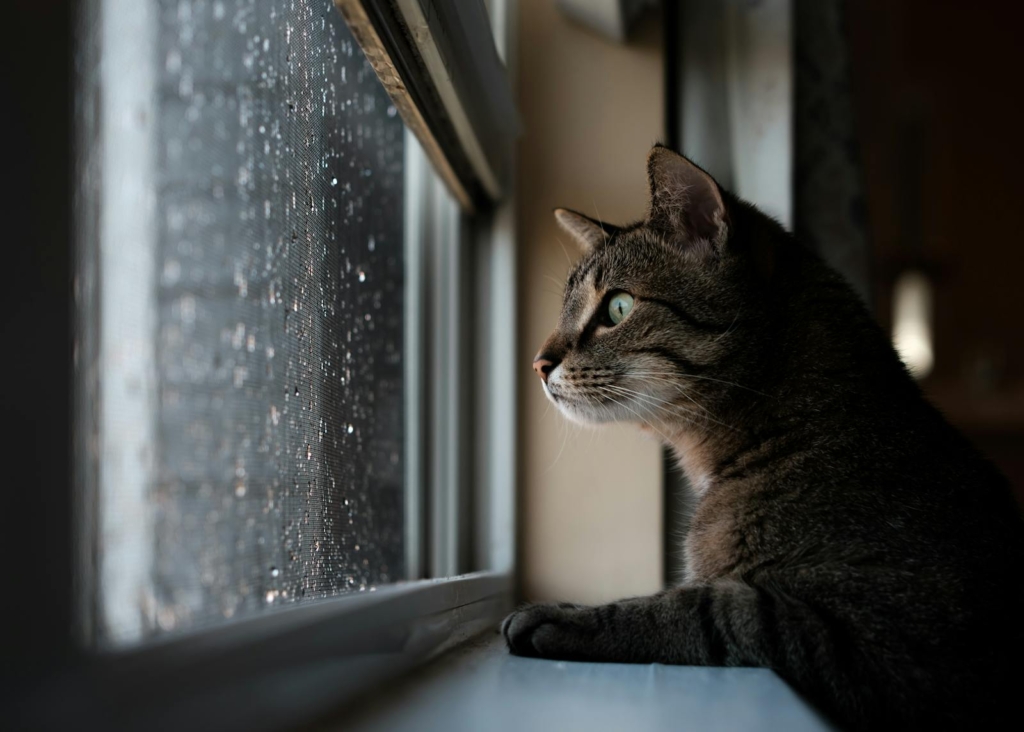
Additional Tips
- Introduce new stimuli gradually. Cats can be wary of new things, so give them time to adjust.
- Always supervise your cat during play with new toys to ensure they are safe and to prevent choking hazards.
- Consider creating an indoor “catio,” a cat-friendly patio where your cat can safely enjoy fresh air and outdoor sounds.
Remember, consistency is key! Spend a few minutes each day engaging with your cat, and you’ll soon find them healthier and happier. For more tips and ideas, you can read the full post at How to engage your indoor cat – Ontario SPCA and Humane Society.
